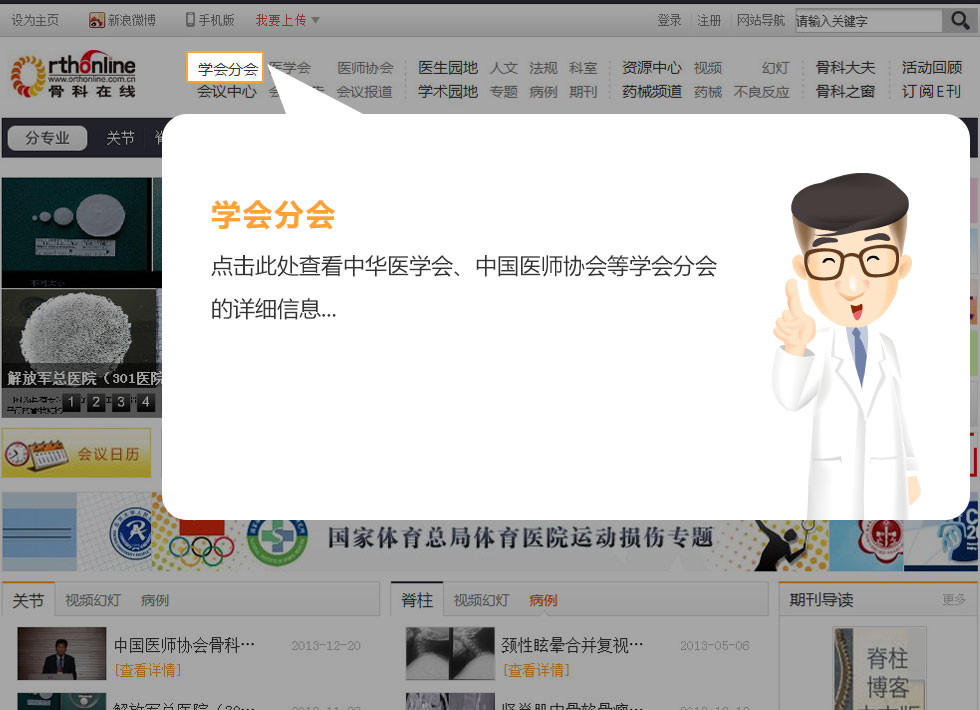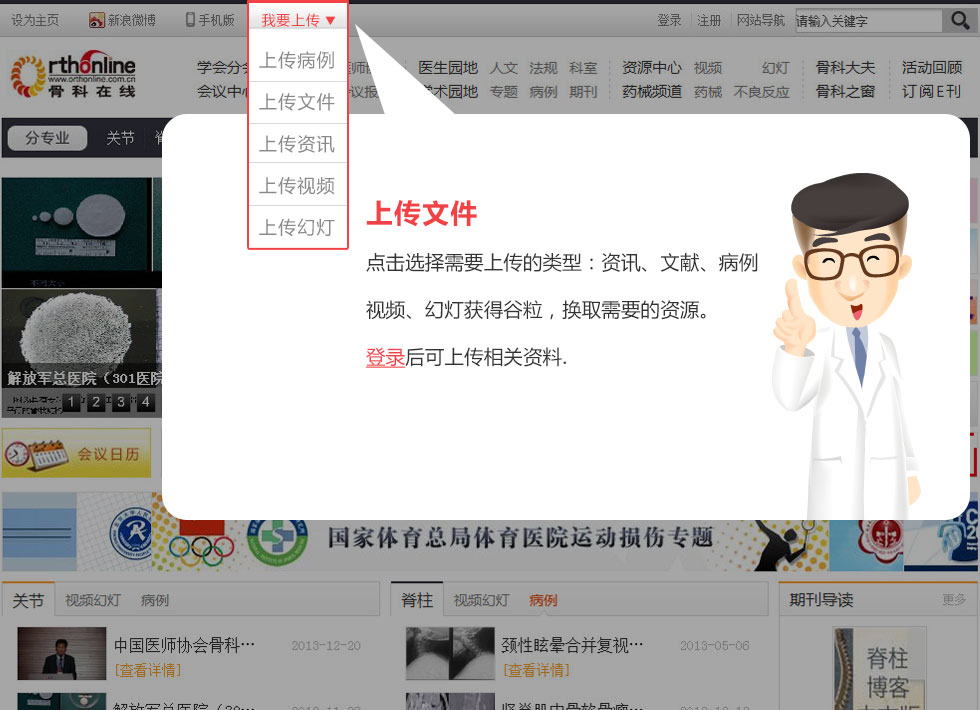Bilateral complete type discoid medial menisci: an adult patient with tears in both knees
第一作者:LU Ying
2013-08-07 我要说
LU Ying, LIU Feng-qi and MENG Hai
Adiscoid meniscus, found in 1%–5% of the population, is a human anatomic variant that usually affects the lateral meniscus of the knee. A discoid meniscus is more prone to injury than a normally shaped meniscus. In 1941,1 Cave and Staples first reported discoid medial meniscus. A bilateral discoid medial meniscus is extremely rare. The first case of bilateral discoid medial meniscus was reported by Murdoch in 1956.2 Since then, no more than 20 case reports of bilateral discoid medial menisci have been published to date, and most have been single case reports.3 Treatment of a torn discoid medial meniscus is similar to the treatment of a torn lateral meniscus of the knee. In cases where there is a significant disability, surgical excision may be required. Traditionally, the treatment of choice for symptomatic torn discoid meniscus has been open total or partial meniscectomy. Currently, arthroscopic partial meniscectomy is commonly used. Either meniscectomy or conservative method for treatment of a discoid medial meniscus with no tear is a debatable issue.3
A 39-year-old male was admitted to our hospital for intermittent swelling and pain of his right knee in 1999. He had a history of twisting injury on the affected knee 10 years before the admission, but the symptoms were not significant at that time. However, one year ago, on and off swelling with pain had gradually developed in his right knee, worsening with long distance walking and sports activities. Sometimes he felt that the knee was “giving way”. Due to increasing discomfort interfering with his daily life, he was referred to us by his doctor.
Physical examination of the patient’s right knee showed atrophy of the musculus quadriceps femoris compared to the opposite side, medial tibiofemoral joint line tenderness, a range of motion from 10°−110°, and positive McMurray sign. The patient had no complaints on his opposite knee and physical examination did not reveal any abnormalities. MRI scan showed discoid medial meniscus with a horizontal cleavage tear while lateral meniscus appeared normal (Figure 1A, B).





 京公网安备11010502051256号
京公网安备11010502051256号